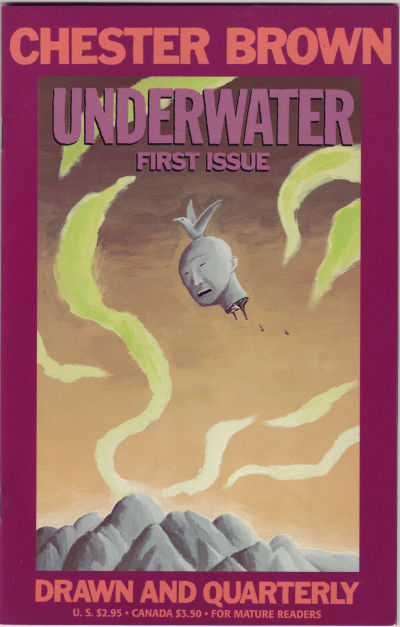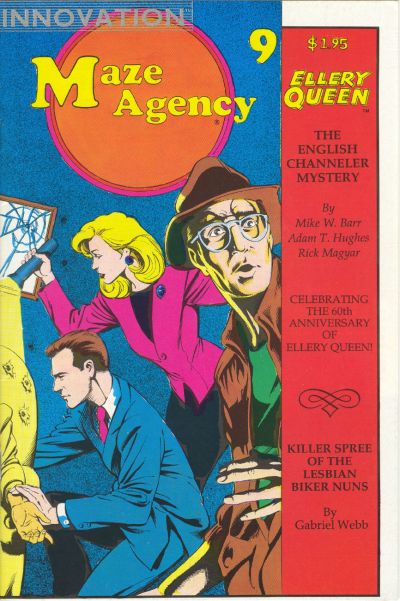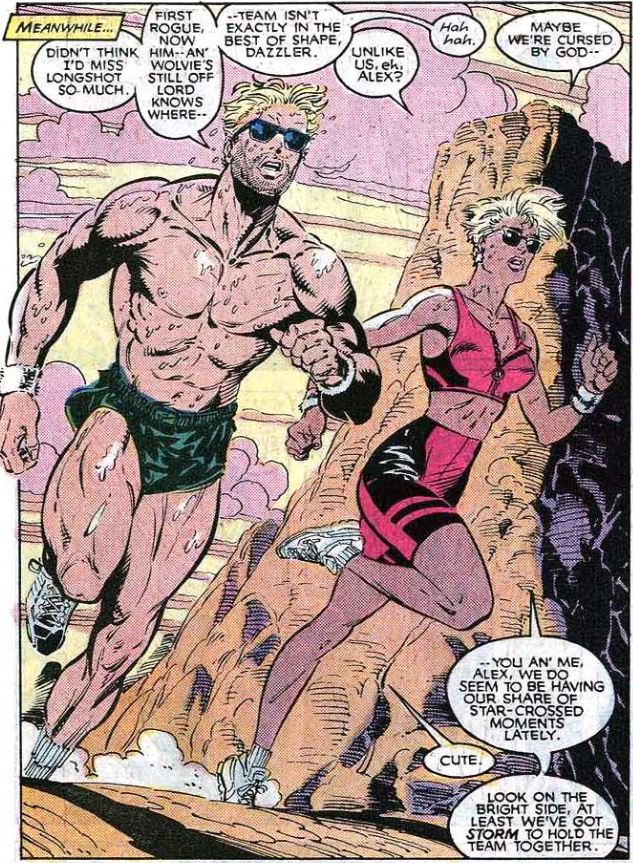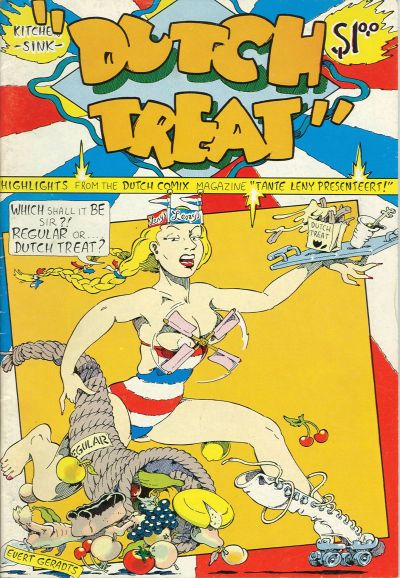Imagine. You’re the designated successor to the world’s greatest superhero. But you’re a failure and just before he dies he holds a lottery granting powers to 1,000 random people. Now you have to deal with this Legacy.
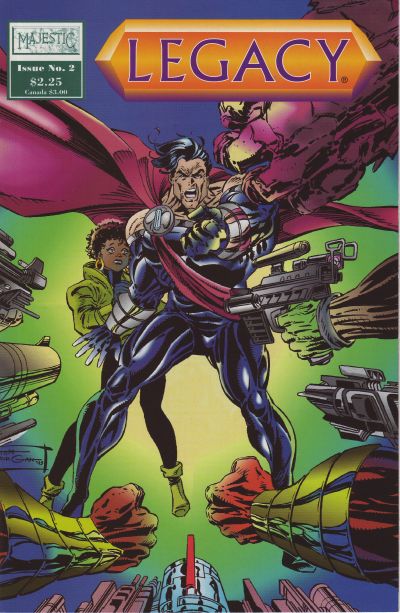
It’s an interesting situation, having a Superman like figure die, leaving behind his disowned protege and a thousand people with newly acquired superpowers, some of which are usefiul, some of which not so much or downright horrifying. And because they were chosen at random, there’s no guarantee that any of them will use these powers for good. A setting which you can do a lot of interesting stories with, as governments and other powers scramble to adjust to this new world. Legacy meanwhile not just has to deal with fulfilling his mentor’s role, but also learning to do so without his guidance and while he is now also responsible for guiding dozens if not hundreds of neophyte heroes…
Certainly something that piqued my interest when I read about it in Comics Scene 39 back in 1993. Sadly, Legacy 02 was the only issue I ever found from this series, nor did I ever see any of the other promised titles that were to come from Majestic.
There’s a good reason for this: that this was published in 1994 is a clue. That was the year that everybody and their aunt was setting up a new superhero comics universe. After the success of first Valiant and then Image in breaking the Marvel/DC duopoly, other publishers tried to do the same. There was Malibu starting up the Ultraverse thanks to their Image publishing money, Dark Horse with Comics Greatest World and seemingly dozens of other, new publishers doing the same. It would all end in tears of course.
The market was too small for all of them, so within a few years most of these publishers had vanished again, the more established ones had scaled back and dozens if not hundreds of comic shops had gone bankrupt in the aftermath. Then Marvel decided to buy its own comics distributor, went almost bankrupt themselves and in the process screwed up the direct market for a good decade if not longer.
In that climate a small upstart publisher like Majestic was doomed to failure. Legacy 02 was actually the last issue they ever published; the only other title they managed to bring out, S.T.A.T lasted only one issue. It probably didn’t help that they launched Legacy with a zero issue brought out as a trading card set, chasing two crashing trends at the same time…
A pity, as this wasn’t a bad issue. The artwork is by Tom Morgan, who has done far worse for bigger publishers and Fred Schiller’s script is decent enough. The plot is run of the mill superhero fodder: Legacy and his friends end up fighting the S.T.A.T government team over a misunderstanding set up by a villain working behind the scenes, in a crossover with that title. The standard Bronze Age Marvel setup. This could’ve been a minor cult classic had it come out at a different time and had been marginally less cynical in its publishing scheme.
